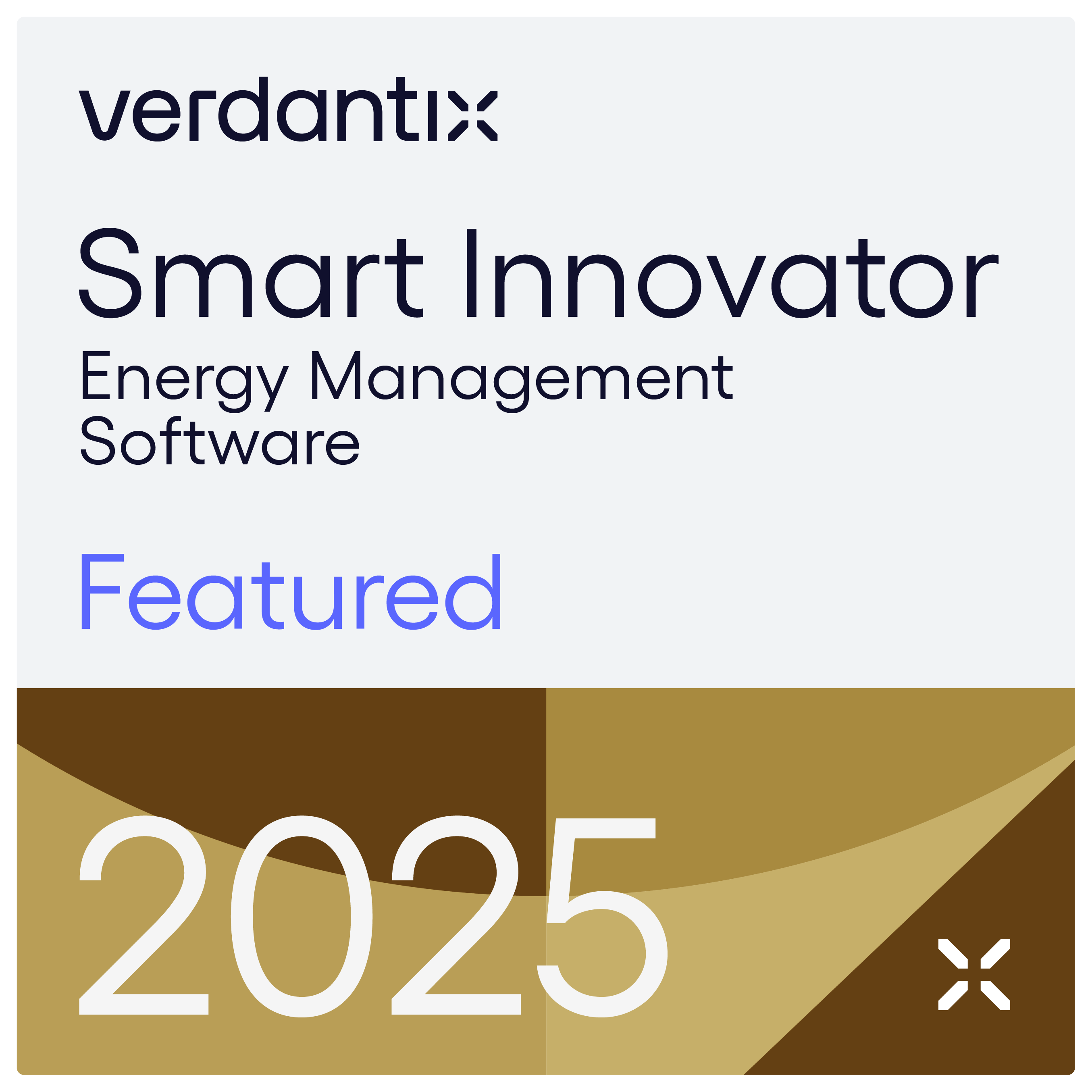The ISO 50005 standard deals with the improvement of energy management, a strategic and fundamental element in any type of organization to reduce costs and be more efficient, especially in small and medium-sized companies, which make up more than 90% of the business fabric in Spain and which have seen their energy expenditure gradually increase in recent years.
Regardless of the size of the organization, the benefits of energy management are real, measurable and tangible. However, this process can become tedious in its initial stages if there is not a certain degree of maturity and experience in the field.
In order to facilitate this process, the new ISO 50005 standard was created, which we will discuss in more detail in the following sections of our post.
What is ISO 50005
Benefits of implementing the iso 50005 standard in SMEs
Phases of implementation of the iso 50005 standard
Final conclusions
What is ISO 50005?
ISO 50005 is a guide for small and medium-sized companies to implement an energy management system through a phased implementation.
The main objective is to break down the barriers to entry in all those organizations that do not have the initial resources to implement an energy management system based on the standard ISO 50001, being able to benefit from a gradual approach that facilitates the achievement of faster results that are sustained in the long term.
Benefits of implementing the ISO 50005 standard in SMEs
- It allows overcoming entry barriers to the successful implementation of an energy management system, depending on the resources and needs of each company.
- Implementation of a culture around energy management. The ISO 50005 standard makes it possible to monitor and understand how energy is used in the different processes and to identify opportunities to reduce energy consumption, involving all stakeholders.
- Faster and more quantifiable results, which will give credibility to the importance of investing in energy efficiency actions to obtain greater savings and move towards integrated energy management.
- It helps to improve sustainability and demonstrate the company's environmental commitment.
Phases of ISO 50005 standard implementation
The gradual and progressive approach of the new ISO 50005 standard includes 12 specific elements of ISO 50001 and groups them into different phases, in order to implement an energy management system according to the needs and degree of maturity of each organization:
.png)
In turn, these elements are grouped into the following phases:
Phase 1: Activate energy management
To do this, it is important to be aware of the problem and understand the internal use of energy and evaluate ways to generate savings by collecting energy data. (In this post, we explain the first steps to follow in energy monitoring).
Phase 2: Improvement of energy management
In this phase, the energy policy to be followed is designed and the necessary resources and personnel to be in charge of the company's energy management are assigned. By means of an energy analysis, the most significant consumption and costs are evaluated, detecting the main opportunities for savings.
Phase 3: Emerging energy management system
At this stage, energy management becomes strategic within the company and compliance with energy policy and regulations is ensured.
Phase 4: Energy management system established
In the last phase, the company has already reached a high degree of maturity in which the main elements of ISO 50001 are implemented and a policy of continuous improvement is established.
The best way to start implementing an EMS is to perform a self-assessment to evaluate at what level and stage the company is at. Those with little experience in energy management can start at the first level or go directly to stage 4, if they already have a better knowledge of the standard ISO 50001 and have already implemented measures.
Final conclusions
Throughout this post, we have seen how energy management is gaining more relevance at a strategic level within the business culture, increasing the overall competitiveness of the organization, generating great energy and economic savings and reducing CO2 emissions.
From Smarkia we provide you with the necessary tools so you can start saving energy and improve your energy management, from monitoring energy consumption, tools for task management, definition of energy policies, identification of savings opportunities and much more.
If you need advice on how to implement an energy management system and evaluate what stage you are at, please contact us through our contact form and we will put you in touch with a specialized partner .






